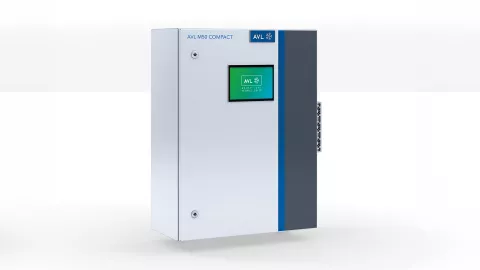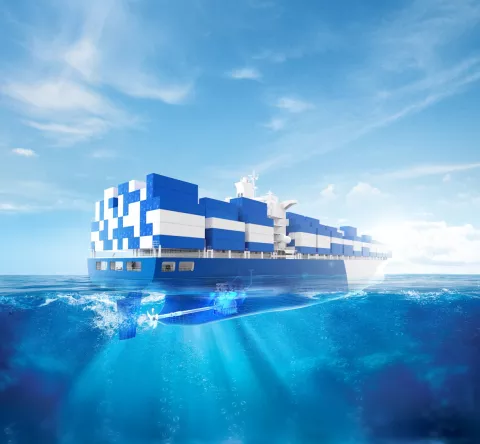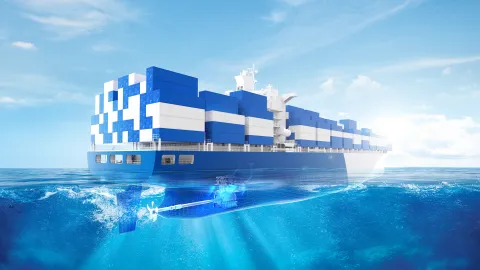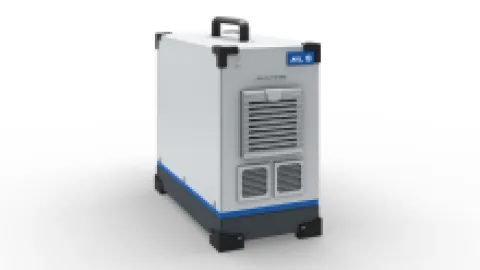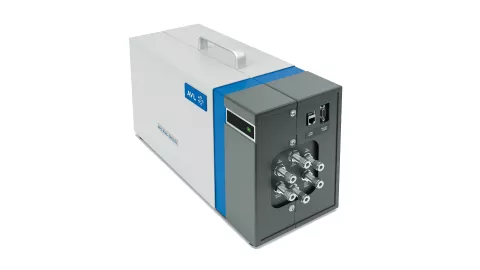Accurate Monitoring
Accurate and reliable measurements of CO2 and SO2 levels or emitted masses of CO2, CH4 and N2O, ensuring compliance with environmental regulations and promoting safe operation of maritime vessels.
Compliance Assurance
By utilizing a sophisticated gas analysis system, you can ensure compliance with regulatory requirements related to emissions monitoring and reporting, reducing the risk of fines or penalties associated with non-compliance.
Environmental Performance
Commitment to sustainability and environmental stewardship by effectively monitoring and reducing greenhouse gas emissions and sulfur emissions, contributing to cleaner air and healthier ecosystems.
Operational Efficiency
The system offers efficiency gains by providing automated monitoring capabilities, reducing the need for manual intervention and streamlining operational processes aboard maritime vessels.
Cost Saving
Through proactive monitoring and maintenance facilitated by the system, you can minimize the risk of costly downtime due to equipment failures or regulatory non-compliance, ultimately saving on repair and operational expenses.
The AVL M50 COMPACT SC is specifically designed to reliably determine the SO2/CO2 ratio, which is used to control the correct operation of an SO2 scrubber system according to MEPC.340(77).
The AVL M50 Compact GHG is a pre-configured analyzing system for a precise and reliable determination of CO2 and other greenhouse gas concentrations (CH4 and N2O) which can be used for emission monitoring and trading applications. A mass calculation is achieved in conjunction with an exhaust flow measurement.
The AVL M50 COMPACT SC and AVL M50 COMPACT GHG are designed for continuous extractive emission monitoring.
Since 2020 ships have only been permitted to run on low-sulphur fuel. Alternatively, exhaust gas purification systems can be used to reduce sulphur dioxide emissions. NOX limits are also defined for the emissions of ship engines. The results of exhaust gas purification must be measurable and documentable. With the AVL M50 COMPACT SC ships can continue to be operated cost-effectively with heavy fuel oil and scrubber manufacturers can offer their customers a modern and cost-effective measurement solution. The costs for operation and maintenance are low, as the robust measurement technology is designed for simple and fast service on board.
Since 2024, the EU Emission Trading System (ETS) requires ships to monitor and report their CO2, CH4 and N2O emissions and to pay per ton of emitted CO2. In addition CH4 and N2O emissions will be added from 2026.
Highly precise calculations of the emitted greenhouse gas masses can be achieved in combination of an M50 Compact GHG with an exhaust flow measurement device. This method is in line with MEPC.346(78) and delivers more accurate results than values based on the bunker delivery notes or bunker tank monitoring.
|
MEPC.340(77) – 2021 EGCS “Scrubber Guideline”
Allow for the testing, survey, certification, and approval of Exhaust Gas Cleaning Systems (EGCSs) in accordance with regulation 4 of MARPOL Annex VI GHG Greenhouse gas emissions regulation
MEPC.346(78) – 2022 “Guidelines for the Development of a Ship Energy Efficiency Management Plan”
The EU ETS (Emission Trading System, “carbon tax” on emission masses), has started in Jan 2024 and allows for Direct CO2 emissions measurement
